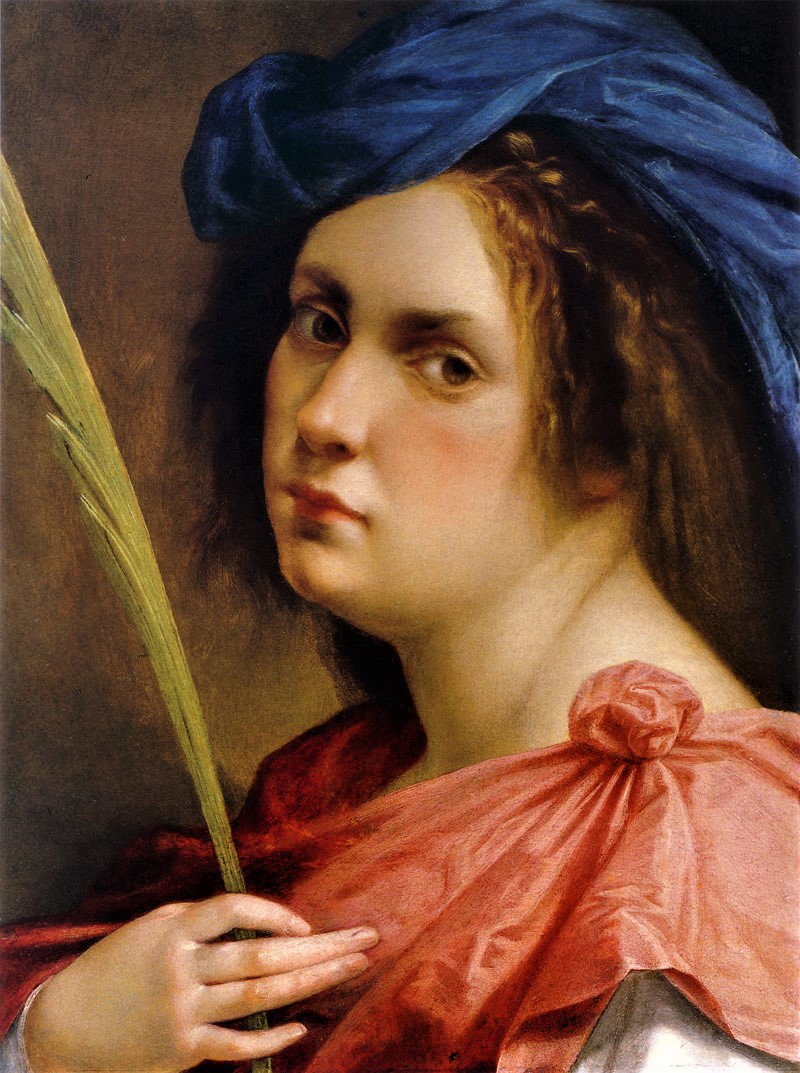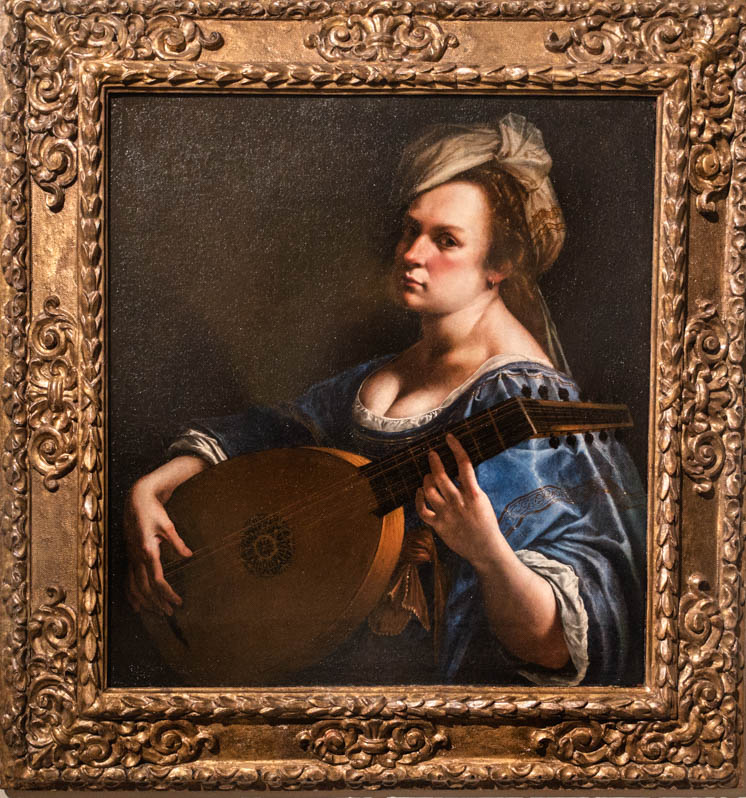Artemisia Gentileschi (1593–1653) – an unwomanly painter, humiliated and forgotten for centuries

It was her father who introduced her to the secrets of art, a known, but not highly valued Roman painter and at the same time a good friend of Caravaggio - Orazio Gentileschi. She often modeled for him as well. However, the rest of her life as well as career was influenced by contacts with another of her father’s friends, with whom he collaborated on numerous frescos in Roman churches, a valued master of perspectives - Agostino Tassi. His teachings of perspectives turned into something more. Whether she was raped or not – we do not know – however, suffice it to say Artemisia’s father accused his friend of disgracing his daughter. Since Tassi, on his part also accused her of fornication, a degrading trial began, during which she was subjected to humiliating medical tests and investigations which were to establish her psychological profile (was she a girl of loose morals or not). In the end Tassi was sentenced (also for the theft of paintings) to eight months in prison, however, the reputation of the young woman, despite marriage, never recovered. Due to all this, in 1612, she left for Florence, where she gave birth to a girl, but most of all received ambitious painting commissions, which gave testimony to her gradually freeing herself from the painting mannerisms of her father. At that time her patron was the Grand Duke of Tuscany, Cosimo II.
In time Gentileschi’s fame became so grounded that in 1623 she decided to return to Rome, responding to the invitations of numerous clients, among them the papal nepot and an enthusiast of art - Francesco Barberini. However, she did not stay long in the city on the Tiber. In 1630 she went to Naples, where her talent truly shined. For a time she also worked at the court of King Charles I in England.

She died in Naples, besieged by illnesses and financial problems. Memories of her also vanished. She was discovered anew in the 1960’s and even then not without a problem. Artemisia left behind art that was so unwomanly, while her paintings, on which Holofernes is butchered like an animal, and the figures of women emanate with such erotic power (St. Susanna or Lucretia, were so far removed from the standard understanding of „womanly art” (which for centuries was associated with miniatures, portraits, still nature, or flower compositions), that contemporary researchers were hard-pressed to admit that they were indeed painted by a woman’s hand. A lot of time had passed, until individual canvas were attributed to her. Today she is admired more than most of the artists of the Seicento period (other than Caravaggio), while exhibitions of her paintings enjoy such popularity which would make jealous any of her fellow painters of her time.
Galleria Spada
Może zainteresuje Cię również
Orazio Gentileschi (1563–1639) – an intimate realist prone to rowdiness
Zgodnie z art. 13 ust. 1 i ust. 2 rozporządzenia Parlamentu Europejskiego i Rady (UE) 2016/679 z 27 kwietnia 2016 r. w sprawie ochrony osób fizycznych w związku z przetwarzaniem danych osobowych i w sprawie swobodnego przepływu takich danych oraz uchylenia dyrektywy 95/46/WE (RODO), informujemy, że Administratorem Pani/Pana danych osobowych jest firma: Econ-sk GmbH, Billbrookdeich 103, 22113 Hamburg, Niemcy
Przetwarzanie Pani/Pana danych osobowych będzie się odbywać na podstawie art. 6 RODO i w celu marketingowym Administrator powołuje się na prawnie uzasadniony interes, którym jest zbieranie danych statystycznych i analizowanie ruchu na stronie internetowej. Podanie danych osobowych na stronie internetowej http://roma-nonpertutti.com/ jest dobrowolne.